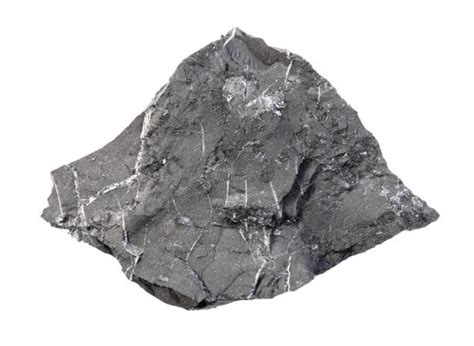Avoid Shungite Deception: A Complete Guide
Shungite, a unique carbon-rich mineral, has gained popularity for its purported health and wellness benefits. However, the market is rife with misinformation and fraudulent products. This comprehensive guide will equip you with the knowledge to navigate the world of shungite and avoid deceptive practices, ensuring you get the genuine article.
What is Shungite?
Shungite is a rock-like material primarily found in the Karelia region of Russia. Its unique structure contains fullerenes, spherical carbon molecules, which are believed to be responsible for its purported properties. While research on shungite's effects is ongoing and not conclusive, its purported benefits include:
- Antioxidant properties: Attributed to its high carbon content and fullerenes.
- Electromagnetic field (EMF) protection: A claim frequently made but requiring further scientific validation.
- Water purification: Some believe it can improve water quality by removing impurities.
It's crucial to remember that while these properties are claimed, rigorous scientific backing is still limited.
Identifying Authentic Shungite: Spotting the Red Flags
The popularity of shungite has led to a surge in counterfeit products. Here’s how to identify genuine shungite:
1. Origin and Sourcing:
- Authentic shungite originates exclusively from the Zazhoginskoye deposit in Karelia, Russia. Any shungite claiming a different origin should raise immediate suspicion. Legitimate sellers often highlight this origin.
- Beware of vague sourcing information. A reputable seller will be transparent about their supply chain.
2. Physical Characteristics:
- Color: Genuine shungite varies in color, ranging from black to grayish-black. Brightly colored or overly polished shungite is likely a fake.
- Texture: Authentic shungite has a slightly rough texture and a matte finish, unless specifically polished. An overly smooth or glossy surface is a warning sign.
- Streak: Scratching genuine shungite on an unglazed ceramic tile will leave a dark gray to black streak.
- Hardness: Shungite is relatively soft, with a Mohs hardness scale rating of around 3.5 to 4. It should not be overly hard or resistant to scratching.
3. Type and Grade:
Shungite is categorized into types based on its carbon content:
- Type 1 (Elite Shungite): Contains the highest carbon content (98-99%). This is the most expensive and sought-after type.
- Type 2 (Petrovsky Shungite): Also known as high-grade shungite, it contains approximately 70-80% carbon.
- Type 3 (Ordinary Shungite): Contains 35-70% carbon.
- Type 4 (Shungite Slate): Has less than 35% carbon.
Lower-grade shungite is often cheaper, but may not offer the same purported properties. Be aware of sellers overstating the grade of their products.
Common Deceptions to Avoid
- Overpriced products: While genuine shungite can be expensive, be wary of exorbitantly priced items.
- False claims: Be skeptical of exaggerated claims regarding health benefits. Always look for evidence-based information.
- Unrealistic images: Some sellers use heavily edited images to enhance the appearance of their shungite.
- Lack of transparency: Reputable sellers openly provide information about their sourcing and the type of shungite they sell.
Where to Buy Authentic Shungite
Purchasing from reputable sellers is essential to avoid deception. Research online reviews and choose sellers with a proven track record of authenticity and transparency. Look for sellers who provide detailed information about the origin and type of shungite they offer.
Frequently Asked Questions (FAQs)
How can I test if my shungite is real?
While there's no foolproof at-home test, observing the physical characteristics (color, texture, streak, and hardness) described above and checking the sourcing information are the best ways to assess authenticity.
Is shungite safe?
While generally considered safe for external use, it's advisable to avoid ingesting shungite, especially lower-grade varieties, as some may contain harmful impurities. Always consult a healthcare professional before using shungite for any health-related purpose.
Does shungite really protect against EMF radiation?
Claims regarding EMF protection are not scientifically substantiated. While some studies suggest potential shielding properties, further research is needed to confirm these effects.
What is the difference between elite and ordinary shungite?
Elite shungite has a significantly higher carbon content (98-99%) compared to ordinary shungite (35-70%), making it more expensive and purportedly possessing stronger properties.
How do I care for my shungite?
Simply rinse your shungite with water to clean it. Avoid using harsh chemicals or abrasive cleaners.
By carefully considering the information provided in this guide, you can confidently navigate the world of shungite and acquire genuine, high-quality pieces while avoiding deceptive practices. Remember that caution and informed decision-making are key when purchasing any purportedly beneficial mineral.

